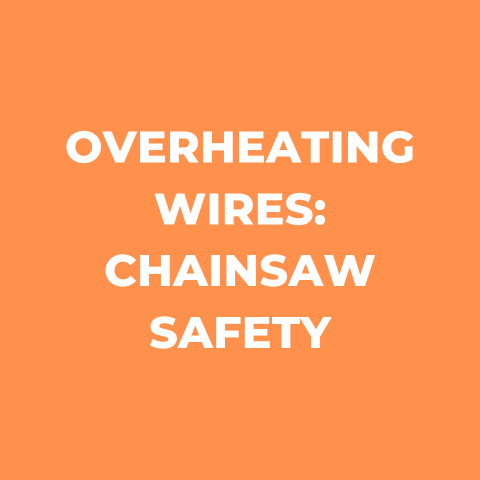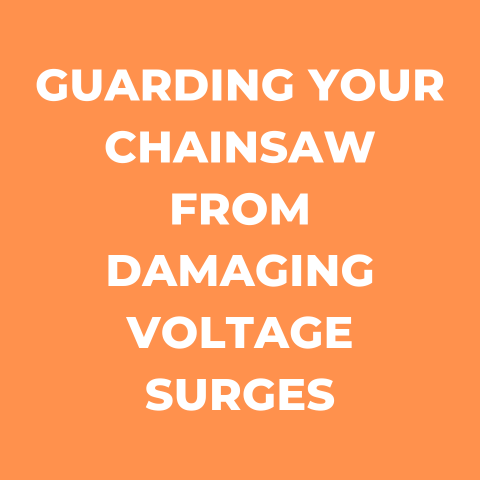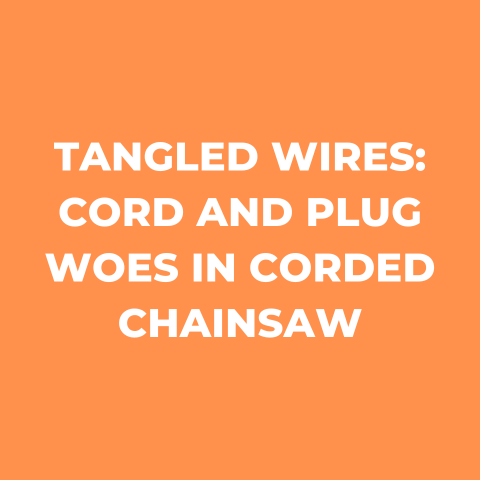Reviving Dead Batteries in Chainsaws (Explained)
Having a chainsaw die mid-cut due to a dead battery is incredibly frustrating.
But before you throw that seemingly dead battery out and buy a new one, there are several troubleshooting steps you can take to try and revive it.
With some basic maintenance and troubleshooting, you can often breathe new life into struggling chainsaw batteries.
So before you spend money on replacements, give these troubleshooting tips a try.
With a bit of patience and elbow grease, you’ll have your chainsaw’s original battery back to peak performance.
Common Electrical Issues with Chainsaw Batteries
Chainsaw batteries can experience a wide range of electrical issues leading to charging problems or sudden power loss.
Here are some of the most frequent culprits behind dead chainsaw batteries:
Faulty Chargers
The battery charger is the number one problem point.
Issues like broken cables, unsecured connections, or defective circuitry in the charger can prevent proper charging.
Batteries may appear dead when the real issue lies with the charger.
Loose Battery Terminals
Vibration from chainsaw use can loosen the battery’s internal connections to the terminals.
This interrupts optimal contact between the battery and chainsaw, resulting in power issues.
Damaged or Worn Out Cells
Individual battery cells eventually degrade with heavy use over time.
Weakened cells output lower voltage levels, causing premature power loss.
Older batteries tend to have more worn out cells.
Corroded Terminals
Corrosion buildup on the metal battery terminals blocks contact with the chainsaw.
This steadily reduces power transmission over time until the saw won’t start.
Cold Weather Use
Frigid winter temperatures can sap voltage and capacity from chainsaw batteries.
Performance declines until the battery warms up again.
Prolonged cold weather use accelerates cell wear.
Over-discharging
Allowing a lithium-ion battery to completely drain to zero volts can permanently damage cells and impair future charging capacity.
Over-discharged batteries often appear “dead.”
Internal Short Circuit
Short circuits between the positive and negative electrodes inside a battery rapidly deplete the charge.
Bad internal welds or damage from impacts can cause short circuiting.
By understanding the typical electrical issues impacting chainsaw batteries, we can better pinpoint problems and get the saw running again.
Now let’s explore hands-on solutions.
Step-by-Step Battery Revival Methods
When your chainsaw battery seems to die prematurely or fails to charge properly, don’t toss it out just yet.
Try these simple troubleshooting steps first to revive it:
1. Check the Charger
The first step is verifying that the battery charger is working correctly.
Watch to ensure the charger’s status light indicates charging mode when connected to the wall outlet and battery.
If not, test the charger’s voltage output using a multimeter if available.
Output should match the voltage printed on the battery (+/- 10%).
If the charger is malfunctioning, replacing it is the easiest fix.
2. Check Battery Terminal Connection
Loose battery terminals are a common issue.
Remove the battery from the chainsaw.
Inspect where the terminals contact the saw for dirt, debris, or corrosion that could impede connection.
Clean contacts thoroughly with isopropyl alcohol.
Check that the terminal bolts are tight enough to maintain solid contact with the saw.
Do not over tighten.
Reinstall battery and test chainsaw function.
Tightening terminals can resolve many charging problems.
3. Load Test to Diagnose Weak Cells
A battery load tester applies a discharge current to simulate real-world load conditions.
This reveals weak or underperforming cells that might not be obvious otherwise.
Using a load tester, pass current through the battery (at half its max rating) for 15-30 seconds.
Compare the voltage reading during load testing against manufacturer’s specifications.
Significant deviation indicates worn out cells.
4. Charge Battery at Slow Trickle Rate
Try charging the seemingly unresponsive battery at a lower amperage using a 10 amp or less trickle charger.
Set charger to 12-20% of battery’s max rated output.
Charge for 8-12 hours.
This slower current may revive damaged cells enough to hold some charge.
5. Warm Battery Gently
If cold temperatures caused your battery to lose power, bringing it indoors and allowing it to slowly warm up can restore normal performance.
You can also gently warm the battery with a heat lamp or fan to speed recovery.
Never exceed 100°F during warming.
6. Desulfate with Epsom Salts
Sulfate crystal buildup on the battery’s lead plates can inhibit charging.
Make a desulfating solution by dissolving a tablespoon of Epsom salt per pint of warm water.
Submerge the battery for 12-24 hours.
The magnesium in the solution dissolves sulfate deposits, improving charge acceptance.
7. Jump Start Battery
As a last resort, jump start a struggling battery by connecting it to a good battery for 30 minutes as if jump starting a car.
This shock charge from the donor battery can potentially revive a dead one.
Exercise caution to avoid dangerous electrical shorts.
Best Practices to Prevent Future Issues
While the solutions above can often get your battery running again, it’s also helpful to adopt maintenance habits that prevent recurring issues:
- Avoid over-discharging: Never run the battery dead. Recharge at 20-40% capacity.
- Store batteries properly: Keep chainsaw batteries at room temperature in a dry place when not in use.
Never freeze. - Clean terminals: Use an old toothbrush and alcohol to scrub terminals after each use, removing any dirt or debris buildup.
- Check connections: Ensure screws are snug, not overtightened. Loose connections cause many problems.
- Limit cold weather use: Run chainsaw only when essential in frigid conditions.
Allow battery to warm gradually before recharging. - Use quality chargers: Don’t buy cheap aftermarket chargers.
Use only branded chargers for optimal battery life. - Retire old batteries: Plan to replace batteries every 2-3 years or 500 charge cycles for robust performance.
Signs It’s Time For a Replacement
While many common battery problems can be fixed with troubleshooting, some issues indicate an unsalvageable battery in need of replacement:
- No voltage or capacity after recharging
- Won’t hold a charge for long after rejuvenation efforts
- Makes odd noises, leaks, bulges, etc.
- Temperature fluctuations during charging
- Load tester shows extreme voltage deviations
When batteries exhibit these more serious flaws, it’s safest and most cost effective to invest in a compatible new battery.
Final Tips for Reviving Chainsaw Batteries
- Don’t throw away a seemingly dead battery too quickly.
Many can be revived with proper troubleshooting. - Start diagnosis by testing the battery charger first before assuming the battery is bad.
- Cleaning corroded terminals and tightening connections often resolves issues.
- When storing, remove batteries from chainsaws if not used regularly to avoid passive discharge.
- Remember to winterize and properly maintain batteries that are exposed to freezing temperatures.
- If issues persist after troubleshooting, replace the battery.
Rejuvenating old lithium-ion batteries becomes less effective over time.
With this chainsaw battery troubleshooting guide, you now have the key steps to diagnose and resolve common electrical and charging issues.
While worn out batteries may eventually need replacement, you can often prolong their useful life significantly through proactive maintenance and TLC.
Know when to troubleshoot, when to walk away, and when to invest in a shiny new battery.
With the right tools and knowledge, you’ll keep your chainsaw running smoothly for years to come!






